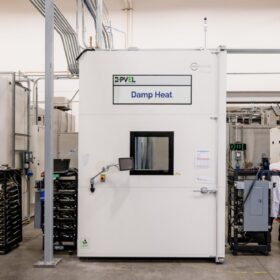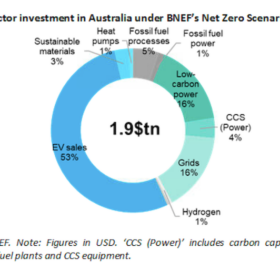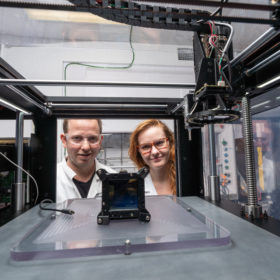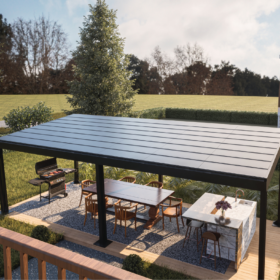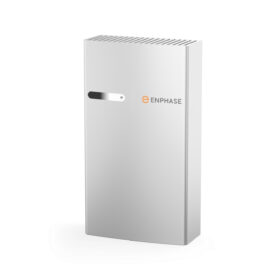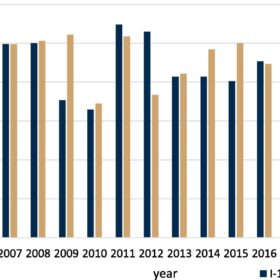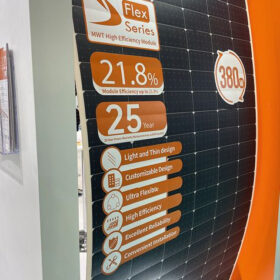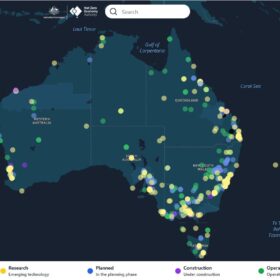PV Module Reliability Scorecard released by PVEL
2023 Scorecard names 250 types of solar modules from 35 manufacturers as Top Performers.
To be a hydrogen superpower, Australia requires 812 GW of renewables by 2050, BNEF says
To reach net zero by 2050, Australia will need 300 GW of wind and solar, and $413 billion (USD 2.72 billion) of investment, according to BloombergNEF. To reach hydrogen superpower status, that figure balloons to 812 GW of renewables and $739 billion of investment.
Six ACT companies awarded grants from innovation fund to commercialise promising tech
The ACT government has awarded over a million dollars to support the commercialisation of technologies from six upcoming renewable companies. Round three of the territory’s $12 million innovation fund includes support for a startup which has developed a 3D printer capable of printing electronics.
Goodwe Australia partner with BIPV specialist for new range including solar tile
GoodWe plans to bring a range of building integrated photovoltaics (BIPV) products to Australia, announcing a partnership with specialist Umax Energy. The manufacturer this month released the details of its lightweight new panel, and plans to introduce an integrated solar roof tile to the Australian market.
Solar gazebo provides up to 4.3 kW of backyard generating capacity
Arka Energy’s new outdoor gazebo provides 2.4 kW to 4.3 kW of residential solar power via monocrystalline PERC solar tiles.
Enphase’s third generation IQ battery system launches in Australia
Enphase Energy’s latest IQ home battery energy storage system is set to land in Australia in July, making it the first region outside the company’s home US market to see the system. The batteries feature triple the peak power and double the continuous power of the previous model.
Researchers assess degradation in PV systems older than 15 years
Scientists have used the US National Renewable Energy Laboratory’s (NREL) HOMER software to calculate the degradation of solar panels deployed in two rooftop PV systems operating in Germany since 2003. Their calculations focused on the energy productivity of the systems.
New model to assess levelised cost of hydrogen in PV-powered electrolysis
Scientists in Singapore have developed a methodology to calculate the levelised cost of hydrogen in green hydrogen facilities powered by photovoltaics, emphasising the need for a levelised cost of storage (LCOH) below USD 10/kg ($15/kg) to enable green hydrogen to compete with grey, blue, and orange hydrogen in the current technology landscape.
Perovskite solar cell design promises 31.09% efficiency
Chinese researchers have developed a solar cell using CsSnI3 perovskite, known for its unique phase transitions and near-IR emissions. By simulating the device with various electron transport layers (ETLs) and hole transport layers (HTLs), they determined that the optimal cell could be created using a titanium oxide (TiO2) ETL and a nickel(II) oxide (NiOx) HTL.
Weekend read: Flex generation
A new generation of flexible, lightweight modules is entering the market. With back contact technology offering its own form of design flexibility and robustness, the new products could crack a hard-to-address market segment, as Jonathan Gifford explains.
